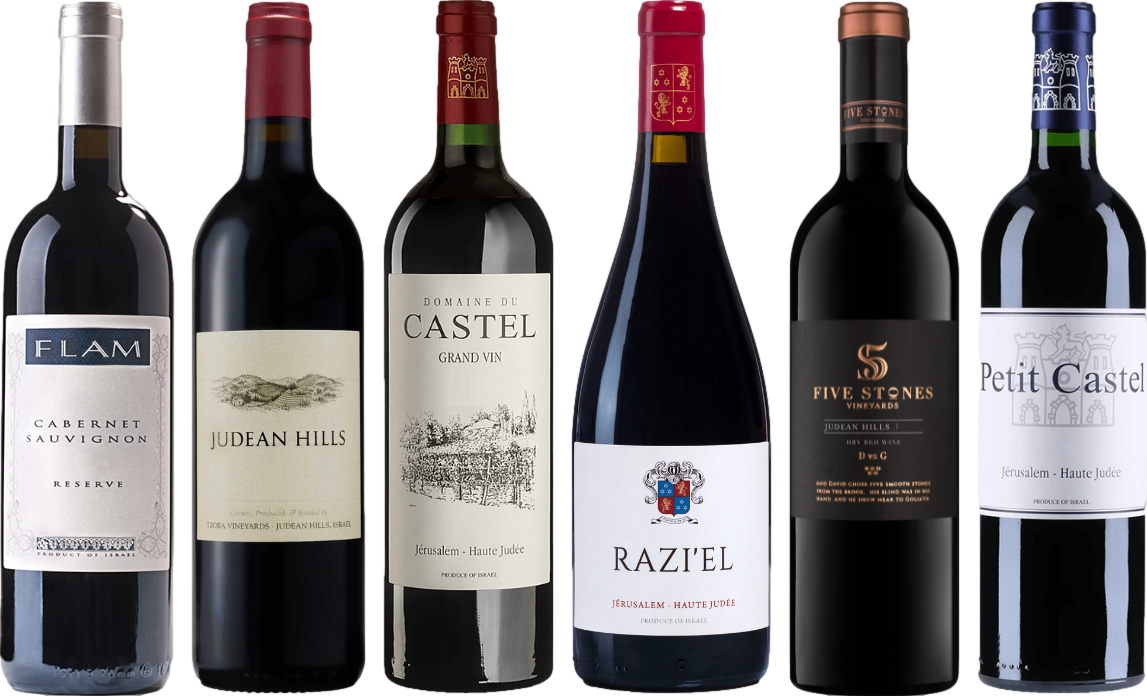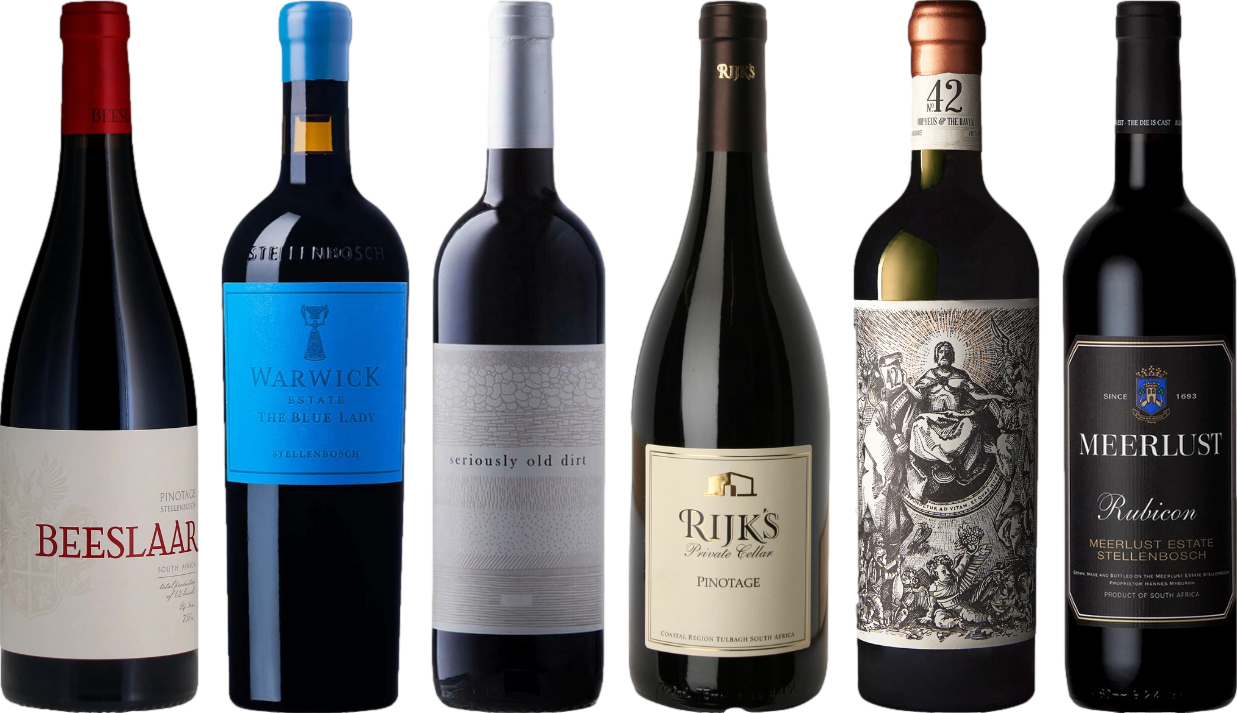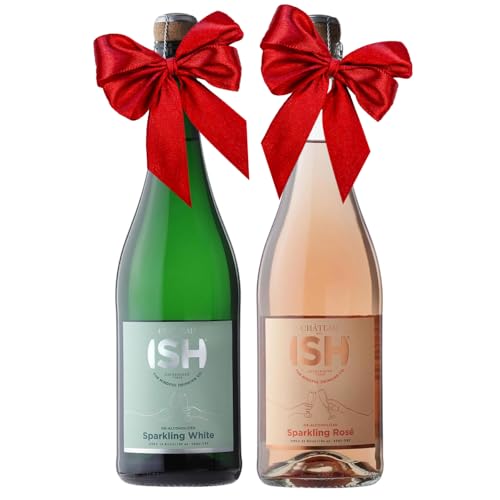



A typical serving of this deep-hued beverage, approximately five ounces, contains around 125 to 150 units of energy. This figure can vary based on factors such as the specific type and brand, as well as the fermentation process. Choosing a wine with lower sugar content can help reduce the energy intake, making it a more suitable option for those mindful of their dietary habits.
When selecting your favorite bottle, consider the alcohol content as well. Wines with higher alcohol levels tend to pack more energy. Opting for a wine with around 12-14% alcohol by volume is generally a balanced choice for enjoyment without excessive energy consumption.
Pairing this drink with food can enhance your experience. For a harmonious match, lean towards dishes that complement the beverage’s tannins and acidity. Grilled meats, rich pasta dishes, or aged cheeses can create a delightful balance, allowing you to savor both the flavors and the nutritional aspects of your meal.
Calories in a Serving of Merlot or Cabernet Sauvignon
A typical serving of Merlot or Cabernet Sauvignon, around 5 ounces, generally contains approximately 125 to 130 units of energy. The exact amount can vary based on the specific variety and alcohol content. For those keen on monitoring their intake, this is a useful reference point.
Choosing a wine with lower alcohol content can help reduce the energy load. For instance, opting for a wine labeled as “light” may offer a slightly lower calorie count, typically around 90 to 100 units per serving. Similarly, wines with higher sugar levels, like dessert varieties, can significantly increase the energy content, sometimes exceeding 200 units per serving.
Pairing wine with food can also influence your overall intake. Foods that complement your drink may enhance enjoyment without necessarily leading to excess consumption of energy-rich items. Consider a well-balanced meal that includes lean proteins and vegetables, which can help you savor the experience while being mindful of overall nutrition.
If you’re also interested in capturing your wine moments, consider investing in the best compact digital camera with rechargeable batteries. This can enhance your experience by allowing you to document the beautiful pairings and memorable occasions.
Caloric Content of Different Types of Red Wine
For those looking to monitor energy intake, understanding the energy values of various varietals is essential. On average, a standard serving of most red types falls within a range, but specific choices can significantly alter this. Here’s an overview of the approximate energy values per 5-ounce serving for popular varieties:
| Varietal | Approximate Energy Value |
|---|---|
| Cabernet Sauvignon | 120-130 |
| Merlot | 120-125 |
| Pinot Noir | 110-120 |
| Syrah/Shiraz | 125-135 |
| Zinfandel | 120-140 |
Factors Affecting Energy Values
Several elements influence the energy content of these beverages, such as alcohol level and residual sugar. Higher alcohol concentrations generally lead to increased energy values. For example, wines with residual sugars, like some Zinfandels, may contain more energy than drier options. Additionally, serving size can also affect total consumption, so being mindful of portion sizes is beneficial.
Choosing Wisely
When selecting a varietal, consider both flavor preferences and energy content. If you’re seeking to enjoy without overindulgence, opting for lighter-bodied wines like Pinot Noir may be advantageous. Always remember that enjoying these selections in moderation enhances both the experience and aligns with mindful consumption.
Factors Influencing Caloric Value in Red Wine
Alcohol content plays a significant role in determining the energy yield of a beverage. Higher alcohol levels typically correlate with increased energy content. For instance, a bottle with 14% alcohol by volume (ABV) will generally contain more energy than one with 12% ABV.
Residual sugar significantly affects the energy content as well. Sweet varieties, with higher sugar levels, contribute additional energy compared to their dry counterparts. When choosing a type, consider how sweetness can impact the overall energy intake.
Grape Variety and Winemaking Techniques
The grape variety used in production also influences energy levels. Varieties like Zinfandel or Merlot, often richer in sugar and alcohol, can result in a higher energy output. Additionally, the winemaking process, including fermentation and aging methods, can alter sugar and alcohol levels, further affecting the energy content.
Serving Size and Temperature
Serving dimensions matter too. A standard pour can vary, impacting the total energy consumed. Moreover, the serving temperature can alter perception and potentially influence how much one enjoys the drink, leading to variations in consumption patterns and, consequently, the overall energy intake.
Comparing Nutrition in Red Wine to Other Alcoholic Beverages
When evaluating the nutritional profile of various alcoholic drinks, a standard serving of a certain varietal can typically contain around 125 to 150 units of energy. In contrast, a similar portion of beer or cider often ranges from 150 to 200 units, depending on the type and brand. Spirits usually pack a denser punch with about 100 to 150 units per shot, but mixers can significantly increase the total count. For instance, a whiskey and soda could easily exceed 200 units due to added sugars.
Understanding the Differences
In terms of impact on your diet, choosing a certain varietal over beer might be beneficial if you’re looking to manage your intake. Light beers may offer a lower unit count, sometimes around 100 units, but they often lack the depth and complexity found in various grape spirits. Craft beers, on the other hand, can rival the unit count of a full-bodied varietal, especially those with higher alcohol content.
Smart Choices for Enjoyment
Selecting a varietal can be a delightful experience, especially if you focus on lower unit options or moderate servings. Opting for a lighter varietal or enjoying a smaller portion can help maintain enjoyment without excessive energy intake. Always consider the context of your choices, whether it’s a casual gathering or a fine dining experience, to enhance both palate and health.
Serving Size and Its Impact on Caloric Intake from Red Wine
The portion you pour significantly influences the energy content consumed. A standard serving of approximately five ounces typically contains around 125 to 150 units of energy. However, generous pours can easily double this amount, leading to increased caloric consumption. Adjusting the serving size not only affects the overall intake but also alters the enjoyment and pairing experience.
Understanding Different Pour Sizes
When I serve, I often emphasize the importance of moderation. A smaller pour allows for appreciation of the wine’s nuances without excessive ingestion. For those who prefer larger portions, being aware of the increased energy intake is crucial. For example, an eight-ounce serving can exceed 200 units, which may not align with dietary goals.
Practical Recommendations
To manage energy intake effectively, consider using a measuring cup or a standard wine pourer. This practice helps maintain control over the amount served. Additionally, pairing smaller servings with food can enhance the overall experience while keeping energy levels in check. Always remember, enjoying wine is about balance and moderation.
Tips for Reducing Caloric Intake While Enjoying a Glass of Red Wine
Choose lower-alcohol varieties. Wines with less alcohol content generally contain fewer calories. Look for options that fall in the range of 12-13% ABV.
Opt for Smaller Portions
- Consider using a smaller wine glass to control serving size.
- Pour only 4-5 ounces instead of the traditional 6-8 ounces.
Pair Wisely
- Accompany with lighter fare such as salads or grilled vegetables to balance the meal.
- Avoid heavy, creamy sauces that can increase overall caloric intake.
Limit additional ingredients. When making cocktails or spritzers, use sparkling water instead of sugary mixers.
- Experiment with fruit-infused options for flavor without unnecessary sugars.
- Choose wines that are dry rather than sweet to keep sugar levels down.
Stay hydrated with water between servings. This practice can help you enjoy a glass longer while managing overall consumption.
Be mindful of the occasion. Savor the experience rather than drinking mindlessly during social events.
Health Considerations of Caloric Consumption from Red Wine
Opt for moderation when enjoying your favorite fermented beverage. Research indicates that a small amount can contribute positively to heart health, yet excessive intake can lead to weight gain and related health issues.
Here are some specific factors to consider:
- Moderation: Limit intake to one or two servings per day to balance enjoyment with health benefits.
- Impact on Metabolism: Alcohol can slow down metabolic processes, affecting how your body burns fat and utilizes energy.
- Pairing with Food: Consuming alongside meals may help mitigate spikes in blood sugar and enhance overall dining experience.
- Hydration: Alcohol can lead to dehydration. Drink water alongside to maintain hydration levels.
- Personal Health Factors: Consider your individual health status, including any pre-existing conditions or medications that may interact negatively with alcohol.
Choosing wines lower in sugar can be beneficial. Seek out dry varieties, as they typically contain fewer residual sugars, translating into fewer empty calories. Additionally, pay attention to serving sizes–standard pours can sometimes be larger than expected.
Lastly, always listen to your body. If you notice adverse effects from consumption, it may be time to reassess your habits. Enjoy responsibly and stay informed about how your choices impact your health.









